Spider Webs: Behavior, Function, and Evolution, Eberhard
Por um escritor misterioso
Last updated 20 outubro 2024
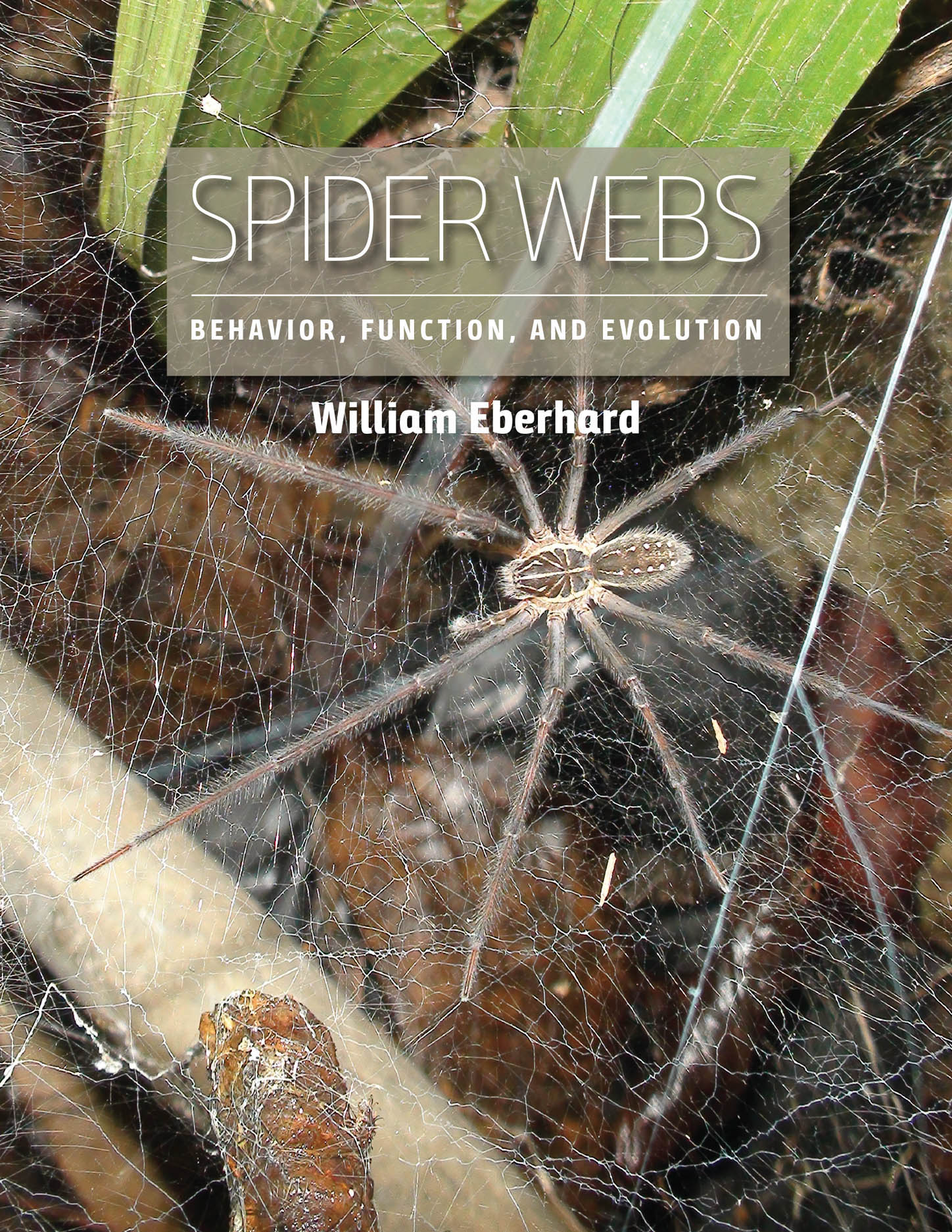
In this lavishly illustrated, first-ever book on how spider webs are built, function, and evolved, William Eberhard provides a comprehensive overview of spider functional morphology and behavior related to web building, and of the surprising physical agility and mental abilities of orb weavers. For instance, one spider spins more than three precisely spaced, morphologically complex spiral attachments per second for up to fifteen minutes at a time. Spiders even adjust the mechanical properties of their famously strong silken lines to different parts of their webs and different environments, and make dramatic modifications in orb designs to adapt to available spaces. This extensive adaptive flexibility, involving decisions influenced by up to sixteen different cues, is unexpected in such small, supposedly simple animals. As Eberhard reveals, the extraordinary diversity of webs includes ingenious solutions to gain access to prey in esoteric habitats, from blazing hot and shifting sand dunes (to capture ants) to the surfaces of tropical lakes (to capture water striders). Some webs are nets that are cast onto prey, while others form baskets into which the spider flicks prey. Some aerial webs are tramways used by spiders searching for chemical cues from their prey below, while others feature landing sites for flying insects and spiders where the spider then stalks its prey. In some webs, long trip lines are delicately sustained just above the ground by tiny rigid silk poles. Stemming from the author’s more than five decades observing spider webs, this book will be the definitive reference for years to come.
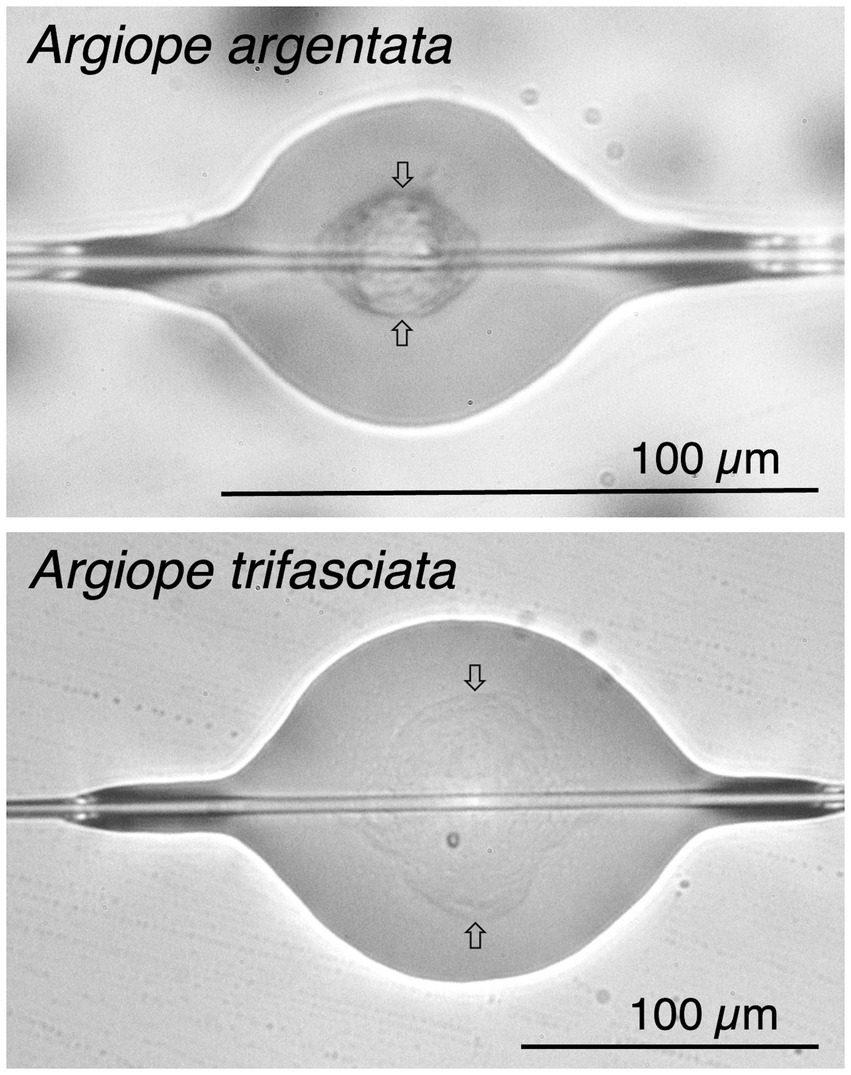
Frontiers Orb weaver aggregate glue protein composition as a mechanism for rapid evolution of material properties

Spiders resting at the hub of webs in which three radii were cut in
Taking care of the enemy: egg predation by the Darwin wasp Tromatobia sp. (Ichneumonidae) on the cobweb spider Chrysso compressa (Araneae, Theridiidae)

Mitochondrial phylogenomics provides insights into the phylogeny and evolution of spiders (Arthropoda: Araneae)
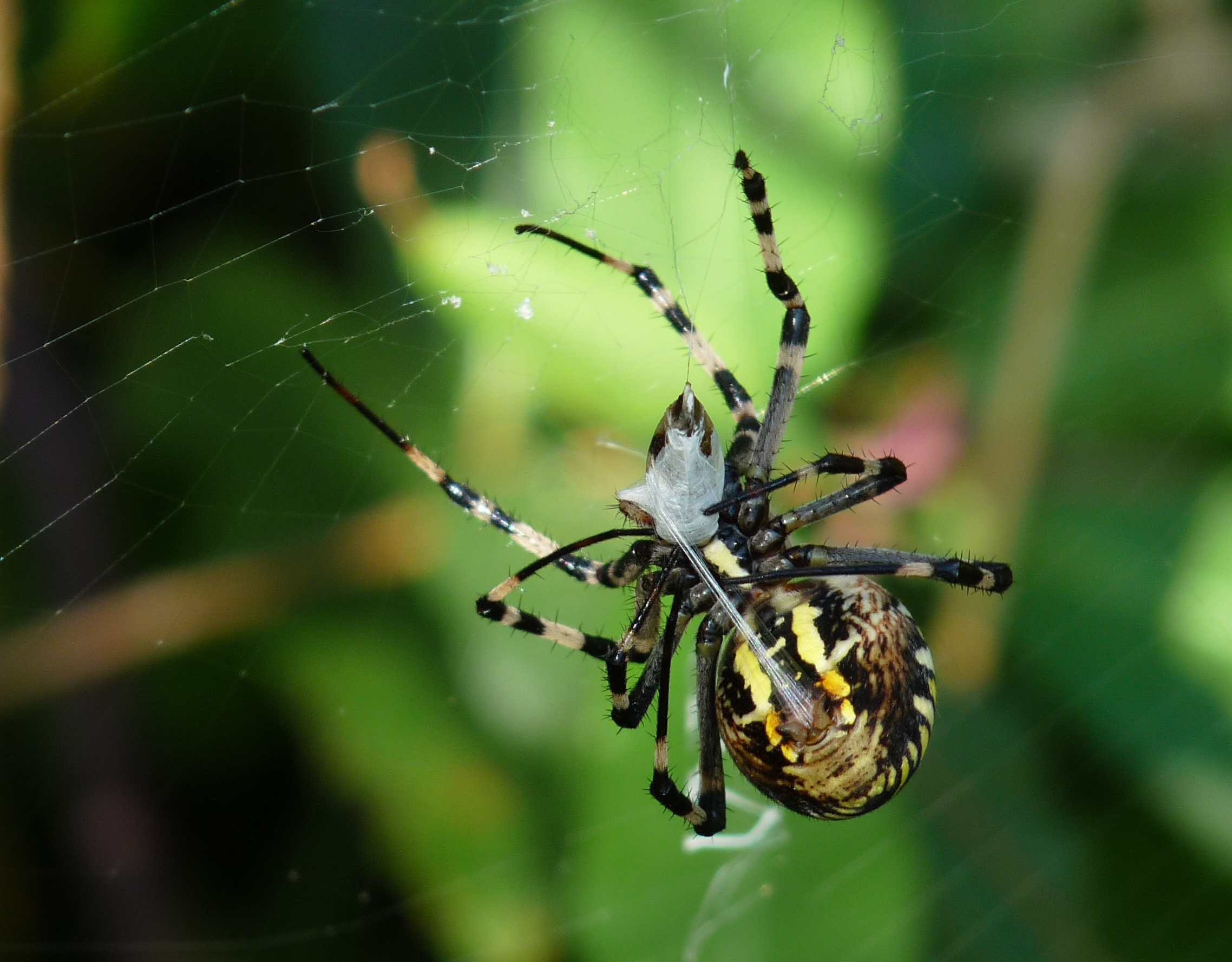
Spider silk - Wikipedia

Spider Webs: Behavior, Function, and Evolution 022653460X, 9780226534602

Spiders of North Carolina

PDF) The Form and Function of Spider Orb Webs
Full article: Web building behavior in a wall spider (Oecobiidae) suggests a close relationship with orb-weavers
Recomendado para você
-
Smithsonian Insider – Drugged spiders' web spinning may hold keys to understanding animal behavior20 outubro 2024
-
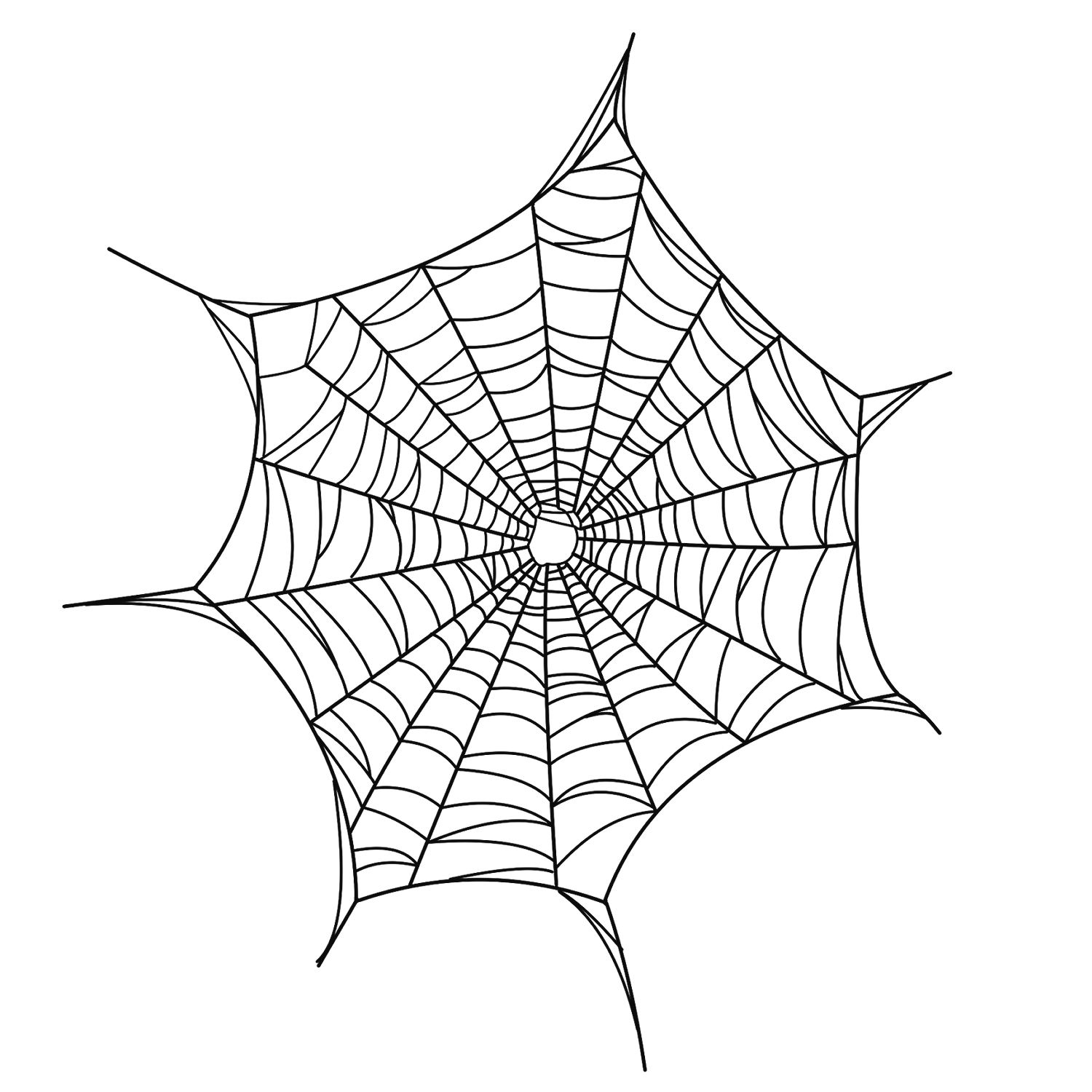 Spider Web20 outubro 2024
Spider Web20 outubro 2024 -
 Spider web icon. Circle cobweb vector silhouette. Spiderweb clip art. Flat vector illustration. Stock Vector20 outubro 2024
Spider web icon. Circle cobweb vector silhouette. Spiderweb clip art. Flat vector illustration. Stock Vector20 outubro 2024 -
 This spider web is strong enough for a bird to sit on, a scientific first20 outubro 2024
This spider web is strong enough for a bird to sit on, a scientific first20 outubro 2024 -
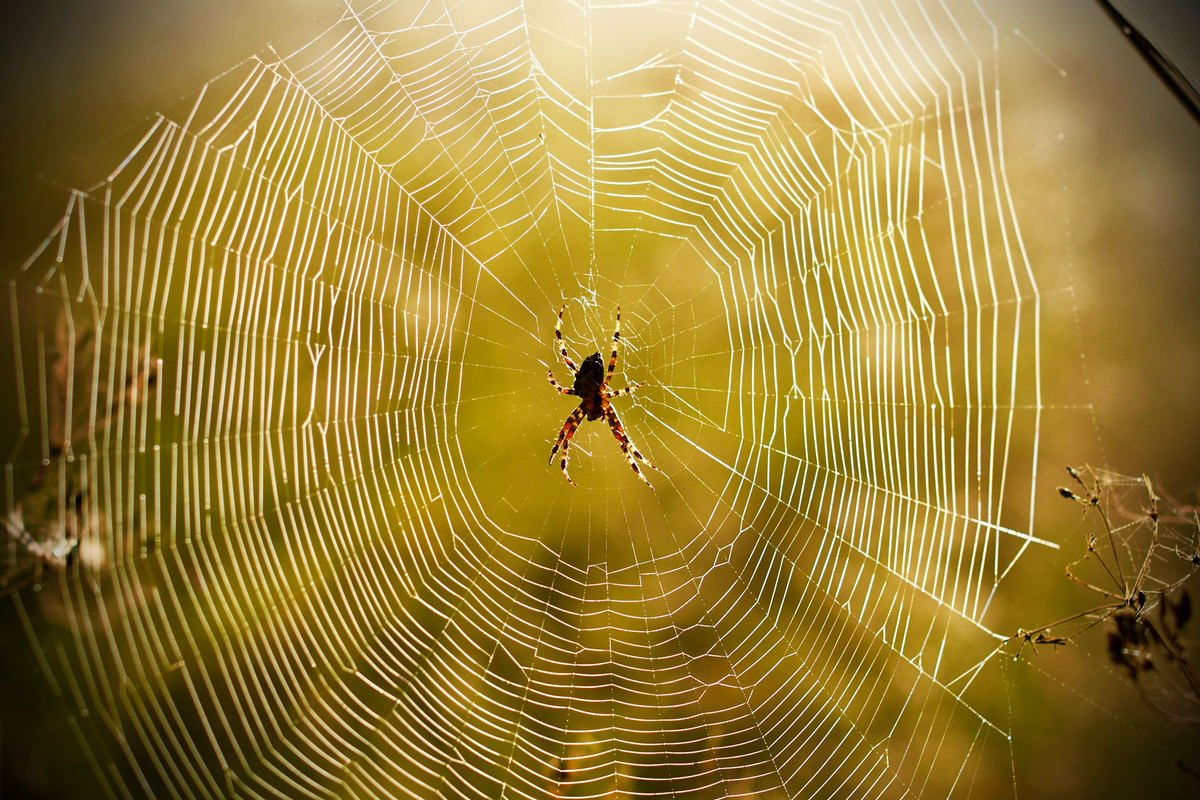 Sticky Science: the Evolution of Spider Webs20 outubro 2024
Sticky Science: the Evolution of Spider Webs20 outubro 2024 -
 15 COOL SPIDER WEBS20 outubro 2024
15 COOL SPIDER WEBS20 outubro 2024 -
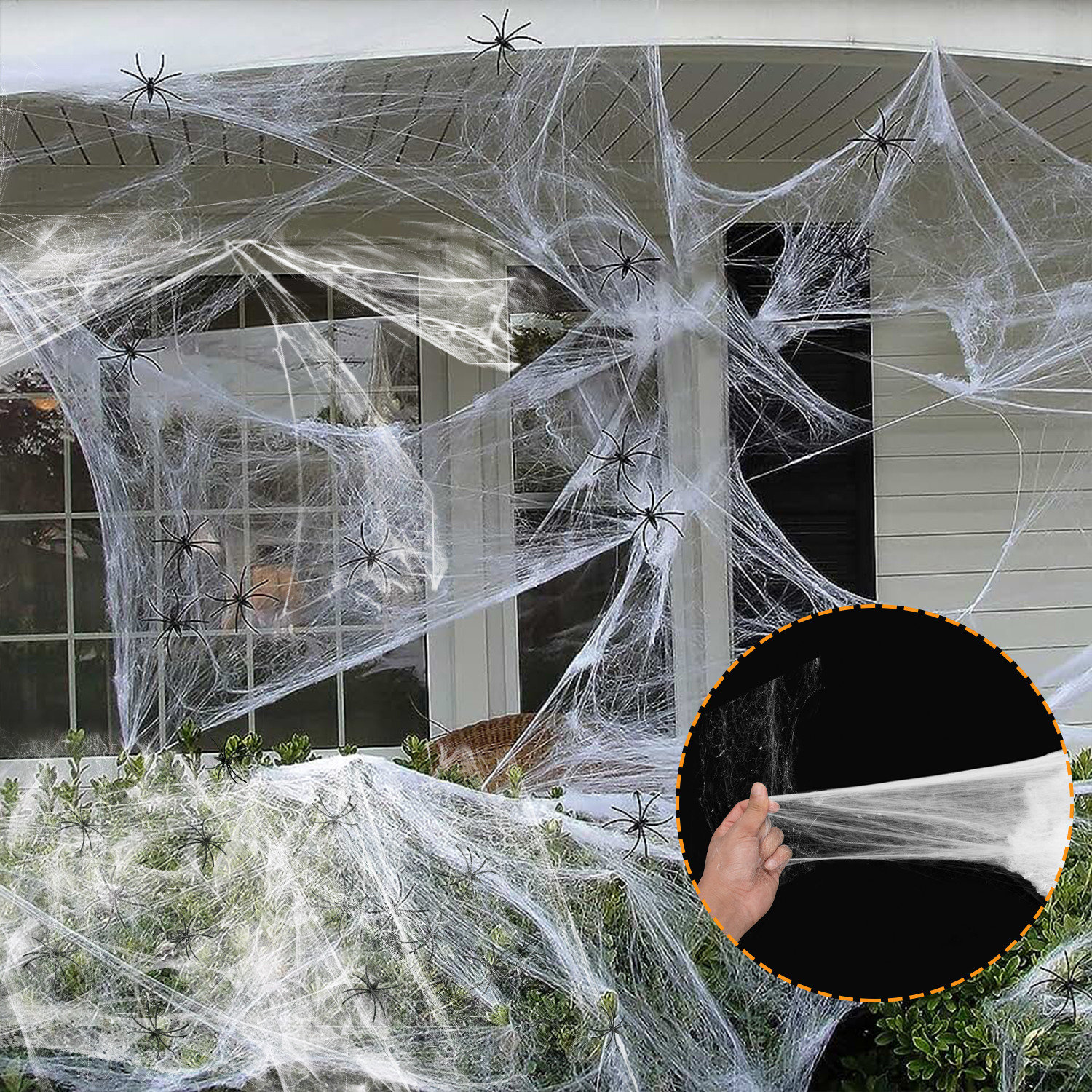 The Holiday Aisle® 1000 sqft Fake Spider Web w/20 Fake Spiders Halloween Outdoor Garden House Decor20 outubro 2024
The Holiday Aisle® 1000 sqft Fake Spider Web w/20 Fake Spiders Halloween Outdoor Garden House Decor20 outubro 2024 -
/cloudfront-us-east-2.images.arcpublishing.com/reuters/XAZDQDPV3VJRVJH2CCQBJRJ7EI.jpg) Listen to the music of a spider's web. Tell me what do you hear?20 outubro 2024
Listen to the music of a spider's web. Tell me what do you hear?20 outubro 2024 -
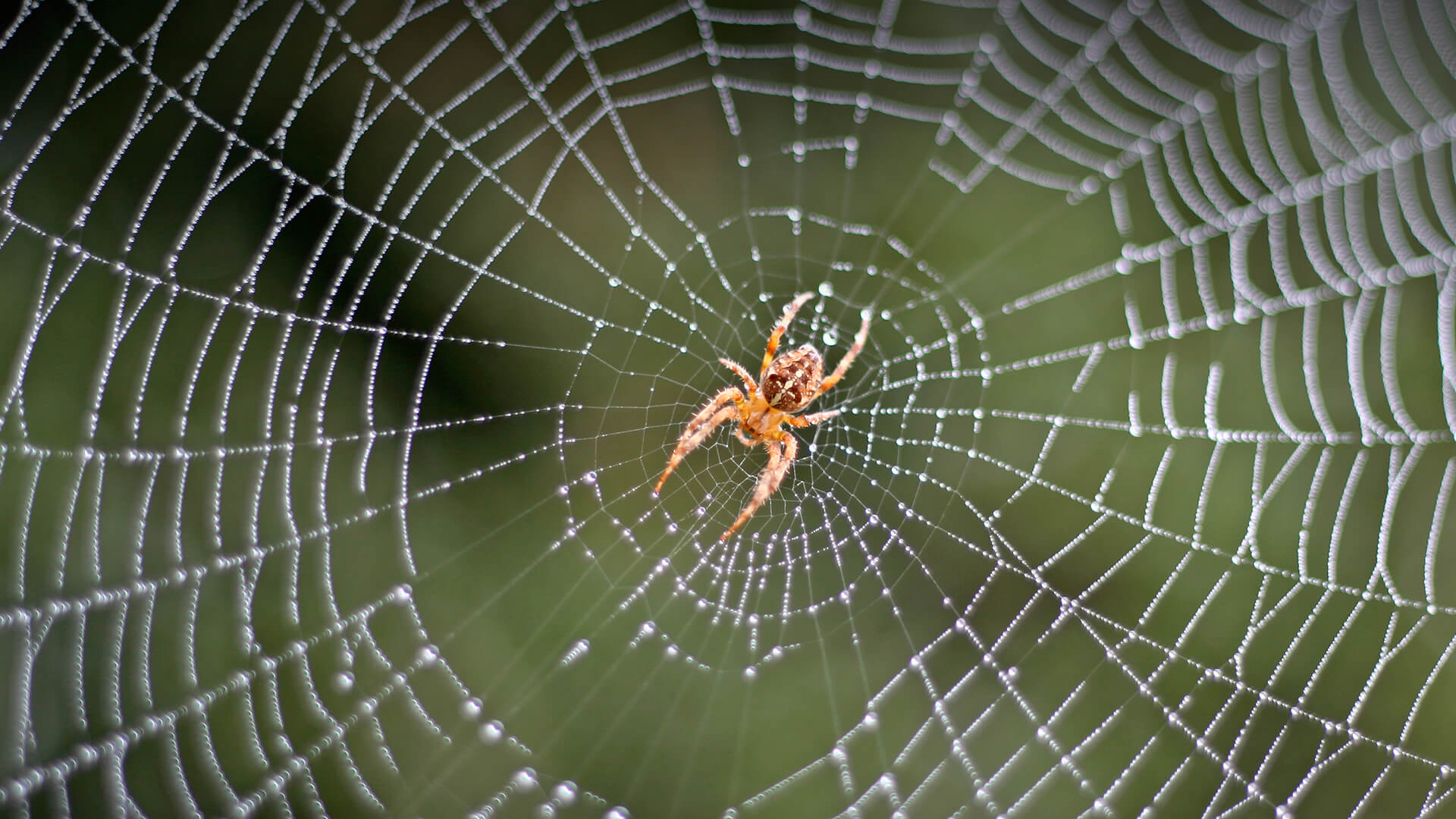 Spider San Diego Zoo Animals & Plants20 outubro 2024
Spider San Diego Zoo Animals & Plants20 outubro 2024 -
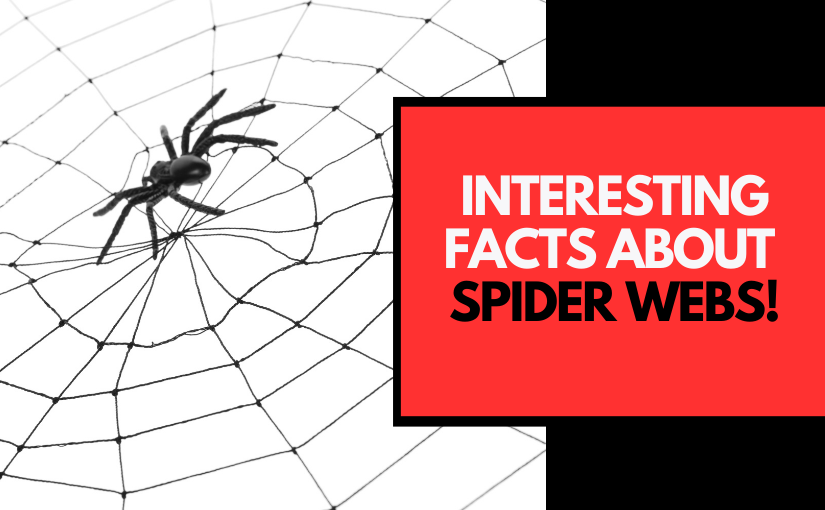 Interesting Facts About Spider Webs!20 outubro 2024
Interesting Facts About Spider Webs!20 outubro 2024
você pode gostar
-
 Genshin Impact Support tier list patch 3.7 — Best Characters20 outubro 2024
Genshin Impact Support tier list patch 3.7 — Best Characters20 outubro 2024 -
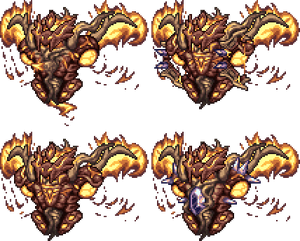 Bosses - Calamity Mod Wiki20 outubro 2024
Bosses - Calamity Mod Wiki20 outubro 2024 -
 Roblox Unblocked: The Ultimate Platform for Gamers Everywhere20 outubro 2024
Roblox Unblocked: The Ultimate Platform for Gamers Everywhere20 outubro 2024 -
 Lorna G. / Robotics – Sing A Long / Russian Roulette (1986, Vinyl) - Discogs20 outubro 2024
Lorna G. / Robotics – Sing A Long / Russian Roulette (1986, Vinyl) - Discogs20 outubro 2024 -
 Mega rolo de doce líquido em sabores sortidos 105 ml - 1 pc. por 120 outubro 2024
Mega rolo de doce líquido em sabores sortidos 105 ml - 1 pc. por 120 outubro 2024 -
 Desenhos fofos e simples de desenhar20 outubro 2024
Desenhos fofos e simples de desenhar20 outubro 2024 -
 Killing Stalking20 outubro 2024
Killing Stalking20 outubro 2024 -
 Mashle : Magic And Muscles Episode 14 Explained in Hindi20 outubro 2024
Mashle : Magic And Muscles Episode 14 Explained in Hindi20 outubro 2024 -
 Alan Wake 2 Initiation 8 Zane Film Walkthrough - A Complete Guide - News20 outubro 2024
Alan Wake 2 Initiation 8 Zane Film Walkthrough - A Complete Guide - News20 outubro 2024 -
 WWE 2k22 PPSSPP - PSP Iso Save Data Textures Download Android20 outubro 2024
WWE 2k22 PPSSPP - PSP Iso Save Data Textures Download Android20 outubro 2024